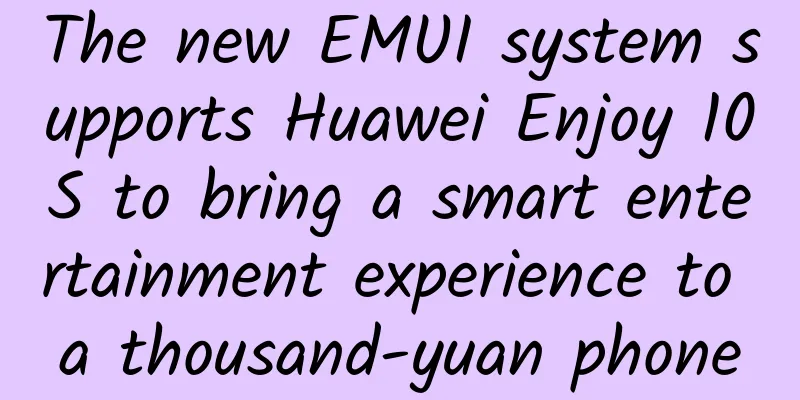ITBBU: A beautiful encounter between 5G and NFV

|
Recently, as an annual event in the field of mobile communications, the Mobile World Congress (MWC2017) opened grandly in the beautiful Spanish coastal city of Barcelona. After last year's "warm-up", 5G and network reconstruction have become the focus of this exhibition. Manufacturers including ZTE, Huawei, Ericsson, Nokia, Intel, HPE, VMware and others have brought their new research and development results to the exhibition. As Lin Yiyan, general manager of the 5G Infrastructure Department of Intel's Data Center Division, said, as the two major technology hotspots in the current telecommunications industry, 5G and NFV are mutually supportive, and NFV/SDN is a must for 5G rather than an option. Her views were fully reflected at Intel's booth at MWC2017.
The best proof of his point of view is the next-generation IT baseband product (ITBBU) for 5G jointly developed by Intel and ZTE. As the world's first 5G wireless access product based on software-defined architecture and network function virtualization (SDN/NFV), ITBBU can be said to be a first encounter between 5G and NFV. However, in my opinion, behind ITBBU is not just a beautiful encounter, but also a sign that NFV application deployment has begun to enter the core field of the telecommunications industry, and a true NFV era is coming.
Starting from analog communications, traditional communication networks have expanded network scale and functions by continuously adding dedicated hardware. This not only increases costs and power consumption, but also makes network capabilities rigid. This is not conducive to the long-term development and evolution of the network, and it is also difficult to cope with the market competition of OTT. To meet the challenges, the industry has proposed the concept of SDN/NFV, hoping to increase the speed of network deployment and optimization and help operators reduce TCO through forwarding control separation, network function virtualization, and software and hardware decoupling. Take the three major telecom operators in China as an example. They have also released network reconstruction and transformation plans based on NFV technology, and have begun to verify or commercialize NFV technology in many telecom network elements such as BRAS/IMS/CPE/EPC. However, it should be pointed out that these pilots are all selected on network elements with very strong IT attributes, and are rare in network elements with stronger CT attributes such as mobile access networks, transmission, and core routing. The reason is that the telecom industry attaches great importance to QoS and SLA. Operators have doubts about whether the x86 architecture can provide the same high reliability, high performance, low latency and other features. This concern is especially evident in network elements with strong CT attributes. To dispel this concern, the industry chain needs to work together. It was under such circumstances that ZTE and Intel came together. According to the booth staff, the ITBBU jointly launched by the two parties is compatible with 2G/3G/4G/Pre5G, supports C-RAN, D-RAN, 5G CU/DU, and has strong future-oriented evolution capabilities. The new generation of modular baseband processing platform, based on Intel architecture, has the characteristics of high capacity, high integration, multi-mode flexible networking, etc. It greatly reduces equipment energy consumption through advanced algorithms and mechanisms, supports flexible deployment of vertical services and multiple scenarios, supports 4G and 5G hybrid networking, and can effectively protect operators' investments. Lin Yiyan also pointed out in a subsequent interview that the successful launch of ITBBU has indeed overcome many problems that plagued the NFV industry chain, such as latency and performance. "5G will be a good entry point for NFV deployment, because 5G is a brand-new system architecture, and operators are more willing to try it; moreover, 5G is more from the perspective of business, emphasizing service chain delivery, and requires network slicing. The basis of network slicing is to use SDN/NFV technology to pool and cloud network resources and automate scheduling and orchestration. From the information disclosed at the booth, ITBBU uses Intel Atom C3000 processing platform. In Lin Yiyan's view, different application scenarios require different solutions to achieve a balance between power consumption and performance. But whether it is Atom or Xeon, for Intel, in addition to the top-level chip platform, it is more important to create a good industrial ecological environment so that general computing platforms can have telecom-level capabilities comparable to dedicated hardware. For example, Intel is constantly optimizing the DPDK platform to improve forwarding performance. According to the booth staff, the ITBBU displayed this time is no longer a prototype, but has come into the sight of operators and has begun to be deployed in China. |
<<: Deployment of the next generation ultra-broadband access network in the 5G era
>>: Trend analysis: How to make 5G technology more down-to-earth from MWC
Recommend
Writing crawlers has become "prison programming" because you don't understand the Robots protocol
[[386960]] It is easy to write Python crawlers, b...
Is homogeneous competition among telecom operators serious?
Michael Porter, a famous American strategic exper...
Is Matter worth the wait?
An ambitious new smart home networking standard i...
What makes 5G's peak speed reach 20Gb/s? An article to understand millimeter wave
With the explosion of video content, today's ...
Global 5G commercial networks have reached 169 continents and are now covered
[[407907]] According to the latest report from GS...
Summary information: CUBECLOUD/zorocloud/Eurasia Cloud/Bluemi Cloud
Recently, we have received product promotion info...
HTTPS - Why TLS 1.3 provides better performance and security?
TLS v1.2 was released in August 2008. Ten years l...
Anti-unified prescriptions ensure the security of prescription data and promote the healthy development of the medical industry
Hospitals can be said to be places closely relate...
WiFi will be replaced? Not 5G
The pace of life of modern people is getting fast...
Healthcare and smart city services will lead 5G IoT adoption
Juniper Research predicts that by 2026, there wil...
7 excellent open source network monitoring tools
Network health is a measure of the health of the ...
Tencent Cloud hot sale: 1C2G5M server 38 yuan/year, CDN traffic package starting from 6 yuan
The Lunar New Year is approaching, and Tencent Cl...
[Black Friday] ZJI Hong Kong Alibaba dual-line server monthly payment is reduced by 350 yuan, and Hong Kong Kuiwan high-defense server monthly payment is reduced by 1,500 yuan
ZJI released a promotional plan during Black Frid...
RAKsmart cloud server starts from $1.99/month, 30% off, available in US/Hong Kong/Japan/Singapore data centers
Let's pay attention to the information of clo...
Expert Feature: To the 2G Era That Will Eventually Pass Away
Recently, the incident in which a local operator ...









